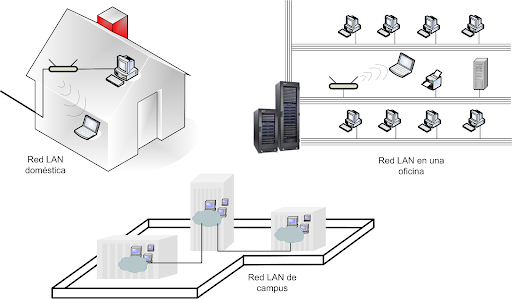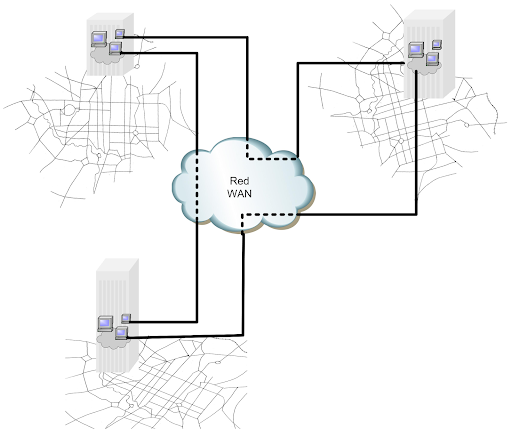-
1. Introduction to operating systems
While web developers primarily focus on coding web applications and front-end development, having a good grasp of operating systems is essential for ensuring the compatibility, security, performance, and reliability of their applications, as well as for troubleshooting and optimizing various aspects of web development.
-
2. Introduction to data networks
Networking is an integral part of web development because web applications rely on network communication to function. A solid understanding of networking concepts and practices is essential for building secure, performant, and reliable web applications.
-
3. The shell. Linux commands
Knowing Linux commands for a system administrator or even a software developer is of utmost importance because most servers run on a Linux or Unix operating system.
- 3.1 ls : showing files
- 3.2 file permissions
- 3.3 mkdir. Creating directories
- 3.4 rmdir. Deleting directories
- 3.5 Moving/renaming files and directories
- 3.6 Other commands
- 3.7 Mounting units
- 3.8 Daemons
- 3.9 What processes are running?
- 3.10 Who am I and where am I?
- 3.11 Files has its owner
- 3.12 Other commands
- 3.13 Users
- 3.14 The /etc/passwd file
- 3.15 The /etc/group file
- 3.16 Links
-
4. Shell script
In this chapter I want you to learn shell script but based on examples. Once you see the example I will propose another very similar one. If you do it and it works great, that means that not only do you understand the exercise but you are able to perform similar exercises. Keep in mind that with shell scripts you have to be patient. Misplaced whitespace can even cause a script to not work. If that happens, take a deep breath, be patient and persist, you will surely find the solution to the problem.
- 4.1. Your first shell script
- 4.2. Adding comments to your shell script
- 4.3. Variables in bash
- 4.4. Functions in bash
- 4.5 Conditional sentences
- 4.6. Repetitive sentences. Loops
- 4.7. Returning to functions
- 4.8. Arguments passed to a shell script.
- 4.9. Interaction with the user.
- 4.10. Using bash as a calculator
- 4.11. The expr command
- 4.12. What is the exit command and exit status?
- 4.13. File comparisons.
- 4.14. Comparisons of integers.
- 4.15. The shift command.
- 4.16. The let command and the arithmetic operators.
- 4.17. Logical operators.
- 4.18. The generation of random numbers.
- 4.20. C-style variables.
- 4.21. Menus in shell scripts.
- 4.22. Length of a string.
- 4.23. Finding out the numerical position of a substring in a string.
- 4.24. Extraction of a substring.
- 4.25. Deleting a substring.
- 4.26. Replacing a substring.
-
5. NETWORKING
2.2 LAN and WAN networks
The main classification is based on the geographical area or scope of the network. And, based on this factor, we can distinguish between two types of networks: LAN and WAN.
2.2.1 LAN Networks
The term LAN (Local Area Network or local area network) is applied to a data network when the devices attached to the network are located in a limited geographic area. Distances between devices connected to a local area network can vary from a few meters to several hundred meters or even kilometers. In this case, what is important is that all the infrastructure that makes up the network belongs to the same organizational unit, for example, a company, educational or public institution…

Explain to your partner what is a LAN network.
2.2.2 WAN Networks
The term WAN (Wide Area Network) is actually applied to the infrastructure that allows the connection of networks or devices located in different geographical areas without distance limits.
Everything that is not infrastructure belonging to LAN networks will be WAN networks. A very significant characteristic of this type of network is the use of the infrastructures provided by telecommunication operators whose scope of action is within the areas covered by this type of network. There are specific technologies for WAN networks, such as Frame Relay, ATM, xDSL, etc.
It is necessary to highlight the expression “without distance limit”, that is, a WAN network can be used to unite devices (or networks) within, for example, the same city. Or a WAN could be used to link devices (or networks) thousands of kilometers apart.

Explain to your partner what is a WAN network.
